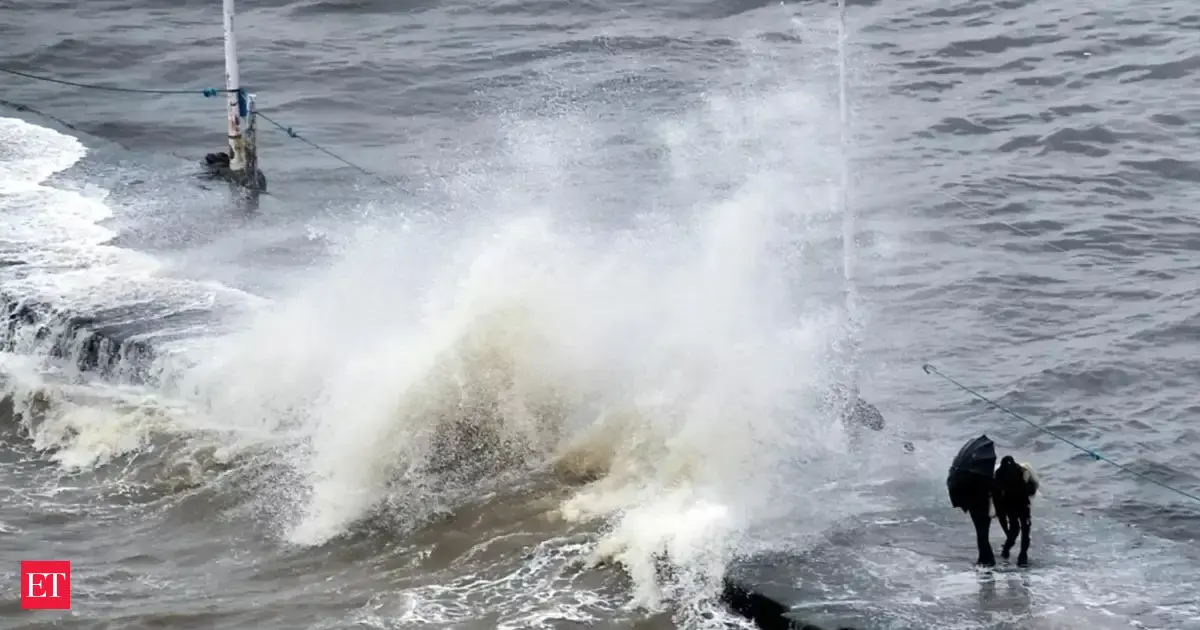Copyright jerseyeveningpost

By Stephen Le Quesne THE slender-billed curlew is a beautiful, striking bird of the curlew family. They stand proud with their long legs and slim, pointed black bill. Their calls are sweet and whistling, but somewhat haunting (as with most curlew species). Its appearance shows white on the chest, tail and underwing, and the bill is shorter, slenderer and slightly straighter at the base than other curlews. It is no avocet, but it is striking and unique to look at nonetheless. Their height has been recorded at 36-41cm, its wingspan between 77-88cm, which makes it about the size of a Eurasian Whimbrel, one of its close cousins. Curlews feed by using their long curved bills to probe into soft ground and water for invertebrates and small insects, walking slowly and carefully while they do this. They migrate, with their breeding grounds in Central Asia and moving to Europe, North Africa and the Middle East to spend the winter where it is warmer and safer. I say that the breeding grounds have been identified within “Central Asia”, but there is only one confirmed breeding record. It was within a small region of raised bogs, north of Omsk, Russia. It was identified at some point between 1909 and 1925. Apart from the information shared above, we know very little about this bird. The species breeding area and range has never been conclusively pinned down and identified, its behaviour never truly understood. Why am I writing about a species of bird you have probably never heard of and never knew existed? Because it was officially declared extinct by the IUCN in October 2025, with the last confirmed sighting from Morocco in February 1995. It was only classified as a high-conservation concern in 1988, which may have already been too late. Migratory birds are at greater risk of extinction as the pressures on them are greatly amplified. As they are on the move and travel great distances, the health of both their breeding habitat and wintering habit are vital, as is the route of their migration and how they feed and rest along the way. Then you have the influence of weather and climate patterns, which is now becoming more pronounced due to climate breakdown. It is true to say that we are currently living in an age of extinction, a time like no other in the history of this planet, whereby the acts and behaviour of one species is causing the mass extinctions of others. The slender-billed curlew is the first known global bird extinction from mainland Europe, North Africa and Asia. Age of extinction means a biodiversity crisis. The variety of species that live on this planet is decreasing. The diversity of what they do, how they behave and interact with each other is falling. Life on Earth is fading away. We are in the sixth mass extinction event this planet has seen, and it is us who are responsible. Extinction rates have occurred over 1,000 times the background (“normal”) extinction rate since 1900 and it is increasing. A 2023 study published in the PNAS (Proceedings of the National Academy of Sciences of the United States of America) concluded that at least 73 genera of animals have become extinct since 1500. This would have taken 18,000 years to naturally occur. It is awful, uncomfortable reading. It is negative, but I firmly believe that only by admitting our errors and facing the truth, do we then find the courage and wisdom to implement solutions. However, is anyone taking any notice? Would you know about the slender-billed curlew without reading this? Does the extinction of species matter to you? Or do you think that it is not important? Friends, family and colleagues will probably stop me to say that they feel this topic is very important, that it needs to be written about and that it’s nice to see someone advocating for the natural world, but does this change anything? It is incredibly hard writing about this topic as it is well-trodden ground, facts and figures we have heard before, but the reaction, the call-to-arms, the positive actions to turn this around are just not happening. Maybe it’s because the health of planet Earth is so intertwined in capitalism – the economic system whereby money and power trumps all. We are continuously encouraged to buy, buy, buy, to get the newest products, without being aware of the detrimental impact this consumerist model has on the animals and plants that call Earth their home. It is the apathy that worries me the most, the lack of interest, engagement and connection with the world around us. Not just the stories of extinctions, but of new discoveries, new species and fascinating insights into new behaviour. An unhealthy planet directly impacts all of us and, to put it in very general terms, creates an unhealthy society, so how do we get more people to care? I am open to any suggestions. Stephen Le Quesne is a naturalist and outdoor learning instructor.



